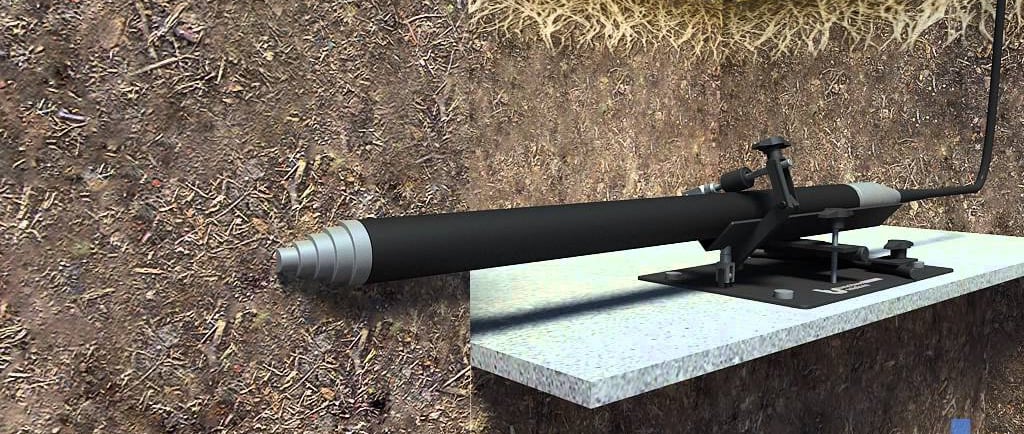Moling
Moling is widely used in utility installations, including water and sewer lines, gas pipes, electrical conduits, and telecommunication cables. It has become a popular choice for projects where minimizing surface disruption is a priority.
12/7/20232 min read


Moling, also known as directional boring or horizontal directional drilling (HDD), is a trenchless method used for installing underground pipes, conduits, or cables with minimal disruption to the surface. The process involves using a specialized machine called a mole or boring machine to create a horizontal bore underground, allowing for the installation of pipes without the need for open trenches.
Here's a step-by-step explanation of the moling process:
Entry and Exit Points:
The process begins with the identification of entry and exit points on the surface. These are the locations where the mole will start and finish its horizontal boring. Entry and exit points are typically small holes or pits, minimizing disruption to the surrounding area.
Mole Operation:
The mole, a pneumatic or hydraulic device, is inserted into the ground through the entry point. It is guided by an operator who controls its direction and depth. The mole is capable of boring through various soil types, including clay and rock, as it advances horizontally.
Path Creation:
As the mole progresses, it creates a horizontal tunnel or path beneath the surface. The size of the bore is determined by the diameter of the mole and can range from a few inches to several feet, depending on the specific requirements of the project.
Pipe Installation:
After the mole has completed its bore, the next step involves pulling back the mole while simultaneously feeding the desired pipe or conduit through the tunnel. This results in the installation of the pipe underground along the path created by the mole.
Backfilling and Restoration:
Once the pipe is in place, the entry and exit points are backfilled, and any disturbed surfaces are restored. Because moling minimizes the need for extensive excavation, the restoration process is typically less disruptive than traditional trenching methods.
Key Advantages of Moling:
Minimally Invasive:
Moling is a trenchless method, meaning it requires minimal excavation compared to traditional trenching. This is especially beneficial for preserving landscaping, driveways, and other structures on the surface.
Reduced Disruption:
The minimal disturbance to the surface results in reduced disruption to daily activities. Homeowners can continue with their routines without the inconvenience of large trenches obstructing their property.
Faster Installation:
Moling is often faster than traditional trenching methods, allowing for quicker completion of projects. This efficiency can be particularly advantageous for minimizing the duration of disruptions.
Versatility:
Moling can be used for various types of pipes and conduits, making it a versatile solution for different underground installations.
Cost-Effective:
While there may be upfront costs associated with specialized equipment, the overall cost of moling can be lower due to factors such as reduced excavation and restoration expenses.
Contacts
Approval type
147 Twickenham road
Isleworth
TW7 6AW
07771 605 005
Water Supply
Pipe installer
WIAPS registration: GW9632
Gas safe registration (Technoheat): 507220
Address


Payment
We take card payments, squarecard services, low pay, as well as cash
